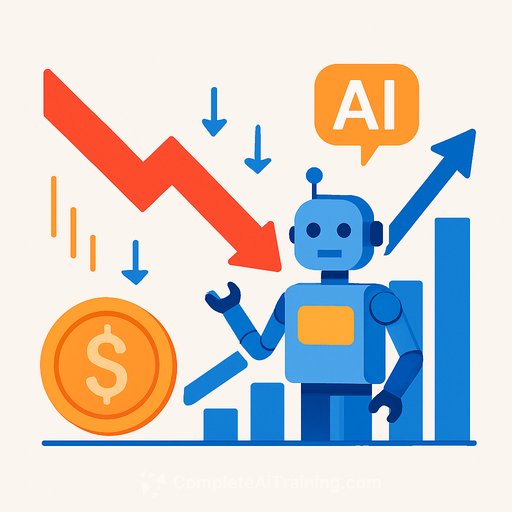The Case for an AI Financial Modeling Agent
AI-powered coding assistants like Cursor and Claude Code have changed how software developers write and debug code. These tools generate relevant code from simple prompts, speeding up development and boosting productivity. Could finance professionals benefit from a similar AI assistant for financial modeling in Excel?
Financial modeling shares similarities with coding: multiple interconnected spreadsheet tabs, complex formulas, and domain-specific knowledge all play a role. An AI modeling agent that understands spreadsheet contexts and creates models based on analyst prompts could be a valuable addition—essentially a Cursor for Excel. Current general-purpose tools like Excel Copilot still fall short when it comes to generating complex financial models, indicating the need for more specialized solutions.
Demand Across Financial Disciplines
Valuation analysts, investment bankers, accountants, and financial consultants rely heavily on Excel for tasks such as building Discounted Cash Flow (DCF) and Option Pricing Models. An AI financial modeling tool would help these professionals generate detailed models with minimal input and collaborate efficiently throughout their workflow.
The potential user base spans accounting firms, investment banks, and consulting firms. Finance professionals could benefit from AI assistance that understands their domain and reduces repetitive work, allowing them to focus on analysis and decision-making.
Building the AI Financial Modeling Tool
No specialized AI financial modeling tool currently exists on the market. One approach is developing a web application as an Excel add-in, similar to how Claude Code integrates with VS Code. Another option is creating an AI-native spreadsheet platform that combines traditional spreadsheet functionality with AI capabilities, like Cursor does for coding.
Unlike coding files, Excel files include a visualization layer on top of formulas and data. This means an AI agent must generate and execute code dynamically based on user prompts, simulating human modeling behavior in real time. Excel's scripting tools, such as Script Lab, provide APIs that allow interaction with spreadsheets, making this approach feasible.
Experiments with DCF Models Using Claude and Script Lab
The process begins by prompting Claude to create a simple DCF model. Claude then generates TypeScript and HTML code containing the model's logic and structure. This code is pasted and executed within Excel's Script Lab add-in, which builds the draft DCF calculation directly in the spreadsheet.
While debugging this AI-generated code took longer than building the model manually, the potential for larger and more complex models is clear. As AI systems improve and can self-train, the effort required will drop significantly. Picture a junior analyst who works continuously on a cloud server, learning and improving financial models 24/7.
Such an AI assistant could deliver substantial productivity gains, helping financial professionals complete modeling tasks faster and with fewer errors.
Why Finance Needs Its Own AI Assistant
Financial modeling is overdue for a specialized AI assistant similar to what engineers use in software development. A dedicated AI modeling agent could simplify workflows for analysts, auditors, and bankers by automating routine tasks and generating models on demand.
The opportunity is clear: AI-powered financial modeling tools will change how finance professionals work, making complex modeling more accessible and efficient. The day when such assistants become standard tools in finance is approaching rapidly.
For finance professionals interested in expanding their AI skills and exploring how these tools can be integrated into their workflows, resources are available at Complete AI Training.
```Your membership also unlocks:






